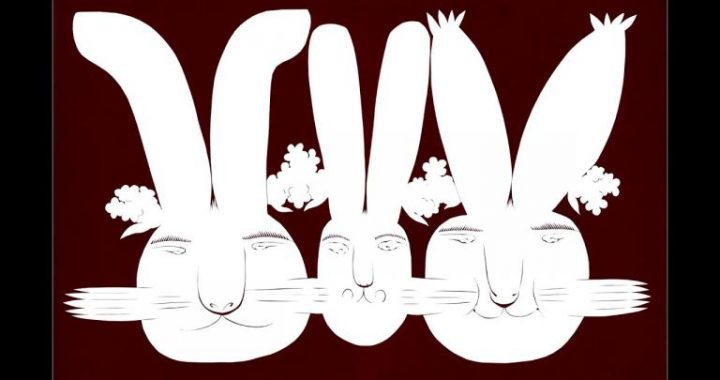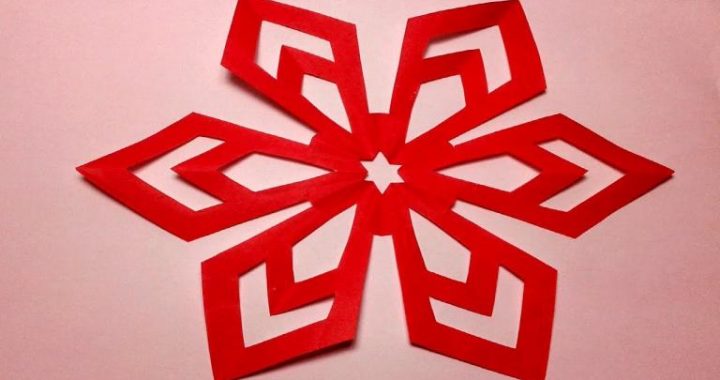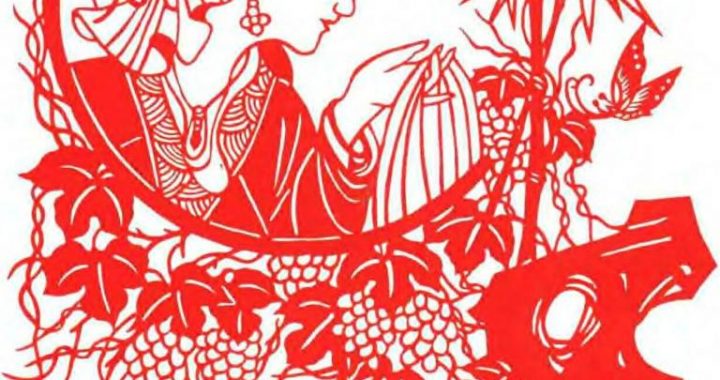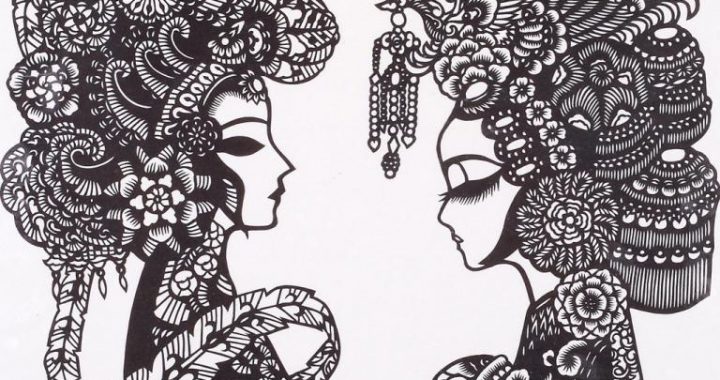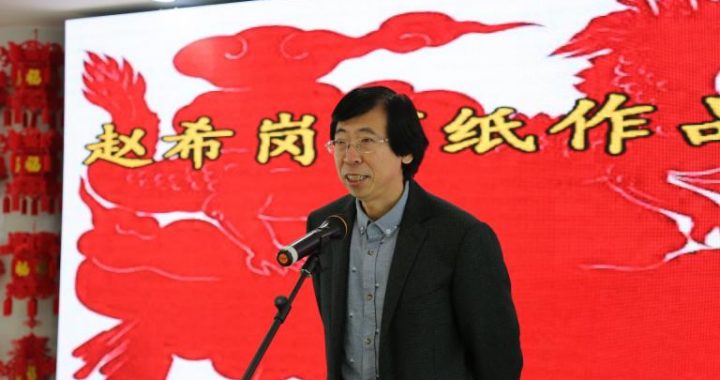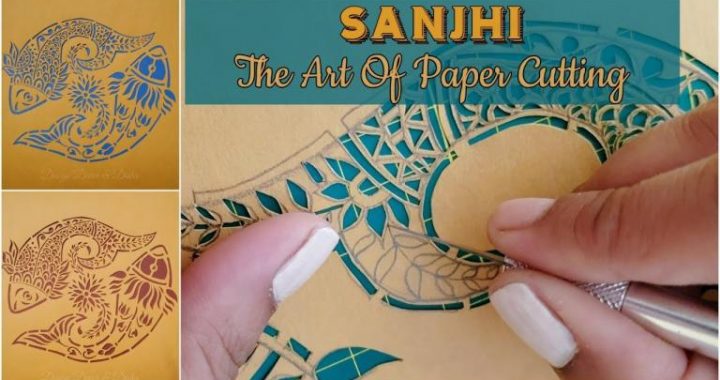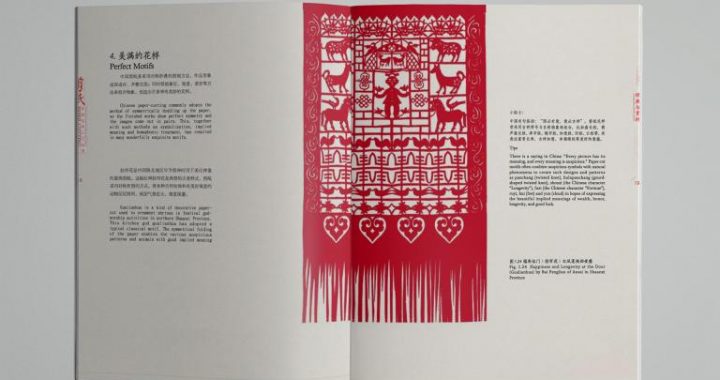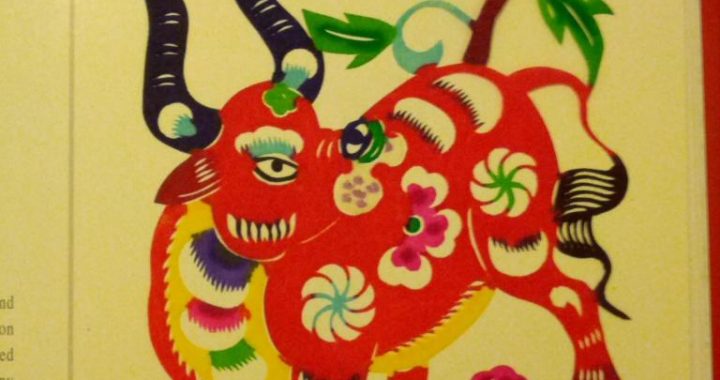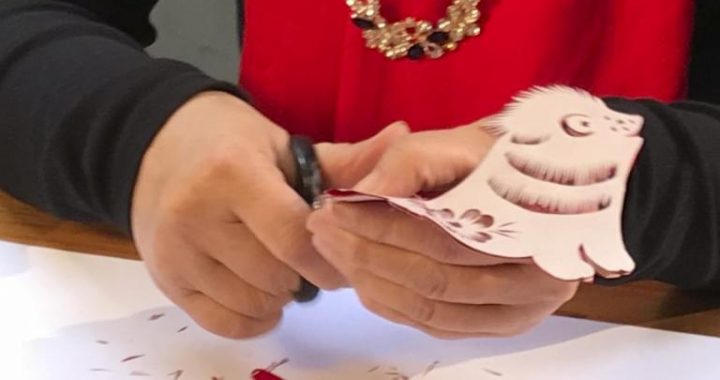Paper-cut
5 min readPaper cutting is a long-standing decorative folk art in China. The cutter first drawsthe designs on a piece of paper and then cuts it out with scissors or a knife. In the countryside, paper cuts are often stuck on windows and doors as auspicious and joyful decorations to mark festivals and happy occasions. Often decorative patterns like baby, gourd, lotus, etc. can be used to symbolize plenty of offspring and plenty of blessings. As a type of folk art, paper cutting evinces distinctive local features: unpretentious and uninhibited as in Shaanxi; graceful and fine as in Hebei; resplendentand orderly as in Sichuan; exquisite and pleasing as in Jiangsu. Paper cuts are also used for decorating gifts or as a gift itself.
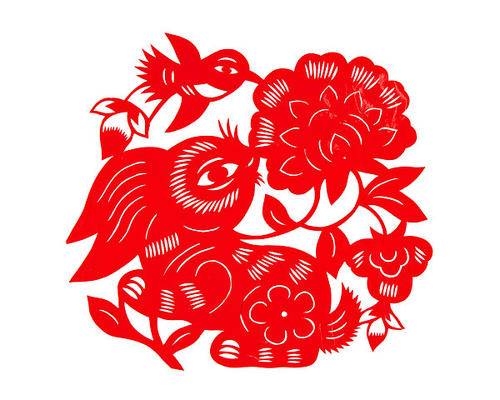
Blocking flower papercut of Northern Dynasty,stored in Xinjiang Uygur Autonomous Region Museum:It is the earliest papercut discovered so far.
There are two chief crafts in preparing paper cutting,the scissor-cutting approach and the knife-cutting approach.Just as the terms suggest,with the scissor-cutting approach,the scissors are sued as tool.Component parts of a pattern are cut at first and paste into a whole,and then clip the pattern with sharp scissors to make a fine finish.By knife-cutting approach a paper is folded into several layers,which is placed on a soft mixture of ash and animal fat,and then cut carefully with a small knife.In comparison with scissor cutting, knife cutting can have more patterns cut at one time.
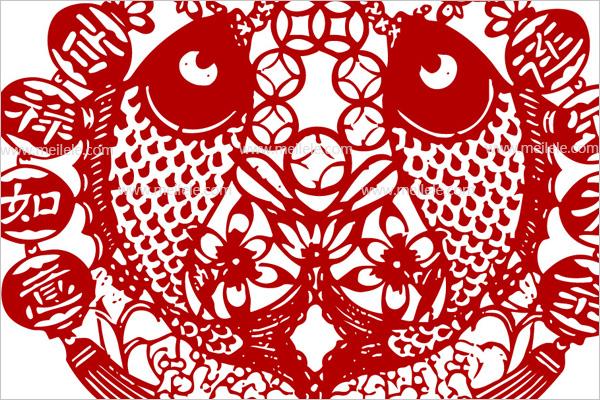
With reference to the skills, paper cutting falls into cut-in-relief, intaglio and mixed carving. The relief cutting process is a development of traditional Chinese linear pattern tracing approach. Works done using such approach are extraordinary exquisite with the lines cut as fine as hair. By intaglio the images appear more dignified and unaffected with bright spots or white lines incised into dark surface. The mixed carving using relief cutting and incised cutting alternatively, further enriched paper-cut manifestation. With respect to coloring, there are multicolor cutting, dyeingcutting and golden color cutting. By multicolor cutting, more than two polychrome sheets are put together to form a pattern before cutting. By dyeing cutting, dyeingliquid is dripped onto finished paper-cuts. The permeability of water can make the different colors seeping into each other without being confused, thus producing abright and gorgeous effect. By golden color cutting, patterns are cut using golden paper and then set off with all sorts of colored paper so as to appear resplendent and magnificent, suitable for festival decoration.
Eight Immortals Celebrating Birthday,a Beijing painted papercut of Qing Dynasty, collected by Wang Shucun.
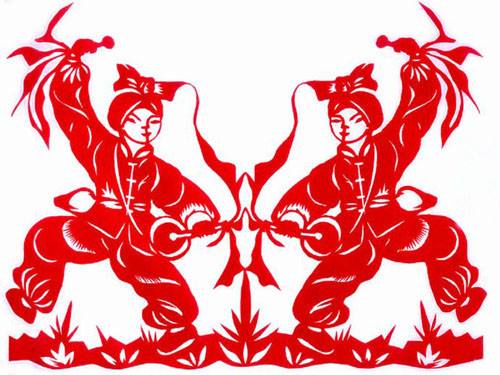
Eight Immortals,a figure papercut of Huangxian, Shandong in Qing Dynasty, kept in Shandong Art The art of paper cutting in China came into being during the Han and Wei period before iron tools and paper were invented. Much earlier before that, carving craft had made rapid growth. The unearthed gold and silver thin sheets used as ornaments in the Warring States Period are similar to paper in shape. In the Western Han Dynasty, people started to make paper using hemp fibers. Legend has it that Emperor Wu of Han Dynasty(156-87 BC) who missed incessantly his favorite concubine Lady Li, gave an order to a sorcerer to carve a figure of Lady Li with hemp paper in order to call back the spirits of the dead lady. That is perhaps the earliest paper-cut. The two round pieces of flower-patterned paper-cut of the Northern and Southern Dynasties unearthed from the old city of Gaochang, Xinjiang, are the earliest paper-cut works in China up to now. They were cut from hemp paper, in folded shape, used as sacrificial offerings, showing excellent craftsmanship of the artists.
Aihu(cloth tiger flled with moxa),a folk papercut of Shandong Penglai,used to paste on the door on Dragon Boat Festival.
Mice Stealing Oil,a Shaanxi papercut used for window decoration.
Paper making was highly developed in the Song Dynasty.Paper of every description was created one after another,contributive greatly to the enrichment of paper-cut varieties,such as paper cuts for window decoration,for lantern ornament,for teacup adornment,etc.From the Song Dynasty paper cutting had also become an applied art.For instance,paper-cut designs were used for ceramics in the Jizhou kilns in Jiangxi Province.The process is to paste paper-cut works on china wares in the course of glazing before baking in the kiln.This kind of craft has the advantage of having designs vivid and lively. The application of paper-cut further expanded in the Song Dynasty. It was used to cut shadow play figures out of hides of animals such as donkey, ox, horse and sheep. By that time, professional craftsmen specialized inpaper-cutting appeared, each having his own strong point, some good at cutting calligraphic works of all schools; some well versed in cutting all sorts of designs. In the book entitled Zhiyatang Zachao(Miscellaneous Records of Lofty Aspiration Hall) written by Zhou Mi(1232-c.1298) of the Song Dynasty,a man named Yu Jingzhi was mentioned, and he was the first artisan recorded in the history of paper-cut.
Papercut: Chinese zodiac signs.
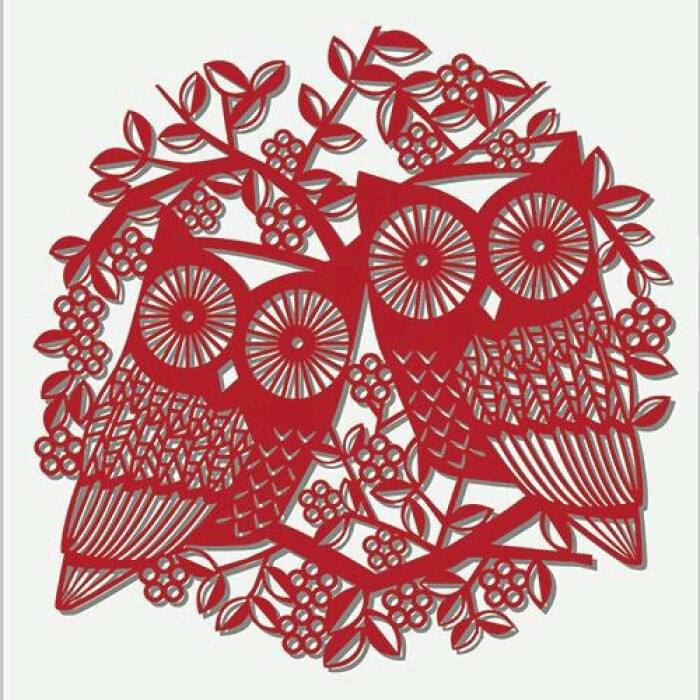
In the Ming and Qing dynasties the art of paper-cut reached a period of full bloom. It was applied on the folk lanterns, covering of fans, embroidered fabrics, etc.
For example, the running horse lantern in the Ming Dynasty is a kind of decorative lantern with a revolving circle of colorful paper-cut horses and other figures, which revolves as hot air ascends from the candle burning within it. Paper-cut works aremore commonly used for household decoration, beautification of living environment, Paper-cut artisans are mainly women. Being good at needlework is traditionally an important sign of female perfection. Paper-cut is also included in the category of needlework and is a must for girls to learn since childhood. Through imitative cutting, repeated cutting, drawing-and-cutting, starting from familiar objects such as fish, insects, birds, animals, flowers, plants, pavilions, bridges, scenery, etc, they gradually succeed in mastering this kind of art till they are able to cut new designs spontaneously following their own inclinations.
Spending Winter Days: New Year Painting of Wuqiang, Hebei in Qing Dynasty.
